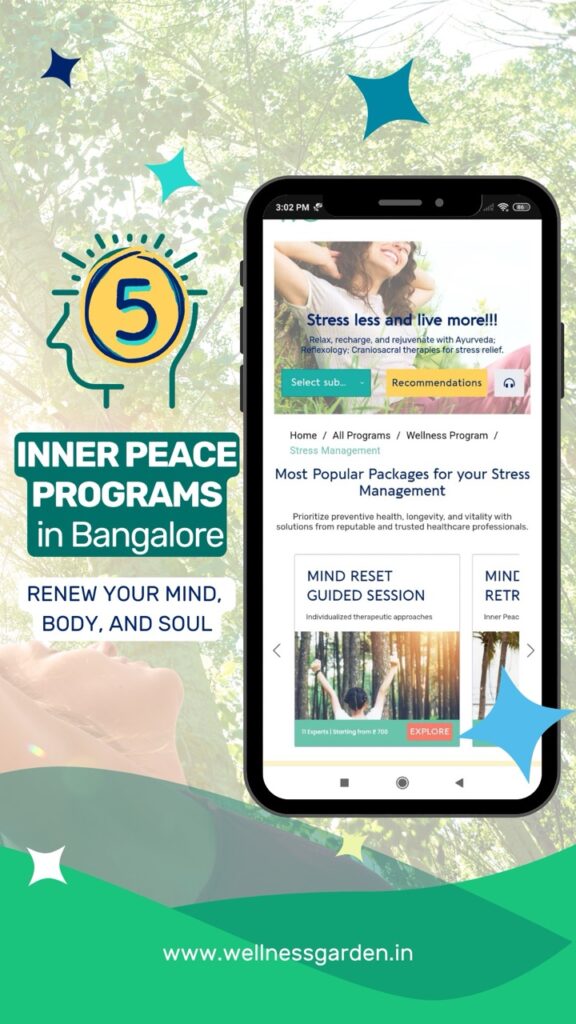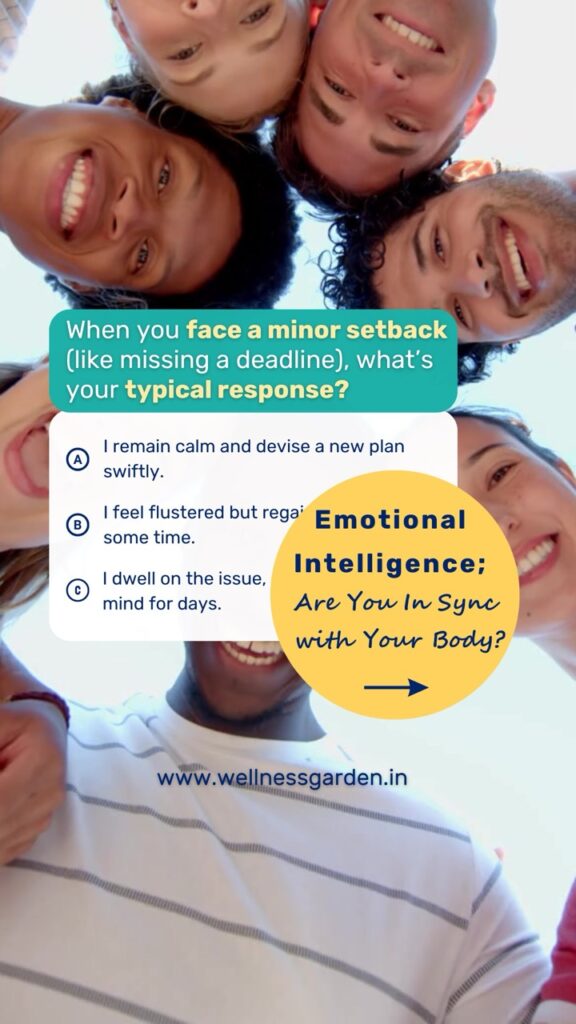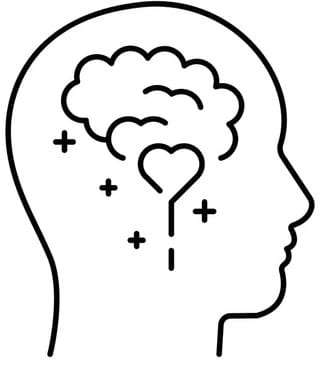Discover Relief from Anxiety with Float Tank Therapy
- Harmony
- 2 Min
- April 12, 2024
- Dr. Graham Simpson. M.D
- Anxiety, Loneliness, Mindfulness
Have you ever wanted to get away from the everyday bombardment of visuals, sounds, and feelings of how to deal with anxiety? A potential remedy is float tank therapy, sometimes referred to as isolation therapy restricted stimulation by environment therapy (REST), or Sensory deprivation tank therapy. It means attaining deep relaxation in a tank that has been specially built.

What is Float tank therapy?
Visualize a low- and sound-proof container that is filled with body-temperature saltwater that has been infused with 25% to 30% Epsom salts. During flotation therapy, you enter that atmosphere. As there is a lot of salt in the water, you easily have buoyancy and can float weightlessly on the water’s surface. This isolation from external influences produces a very calming state. Floatation-REST originated in the 1950s when the researchers at the National Institute of Mental Health, Drs. Jay Shurley and John Lilly were concerned about how the brain would react in a situation where there was no external sensory information.
What Happens During a Floatation Therapy Session?
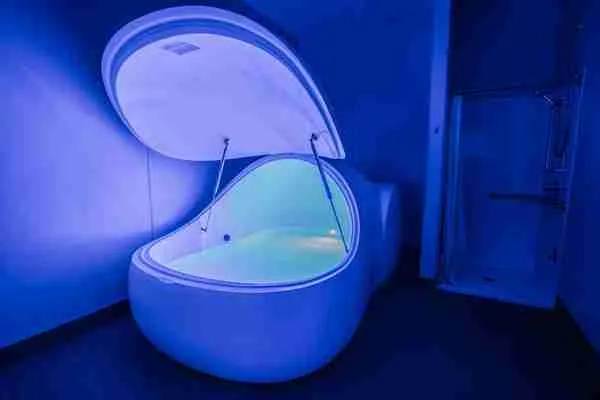
Usually, a float session lasts between 60 to 90 minutes. Here is a brief discussion of this therapy of what to expect and how to deal with anxiety are as follows:
- Before the flotation, take a shower and take out any jewelry and contact lenses. You will get earplugs and other equipment available at the center.
- Stepping Into the Tank: The tank is big enough for you to easily lie down or stand in. On average, the water’s temperature is the same as one’s body temperature, explains Dr. Simpson in a Forbes Health report.
- For floatation, simply close your eyes or turn down all lights in the tank and focus on releasing stress and just being in the moment while you float.
- Post-Float: The session will come to an end with a soft alert. Take your time adapting to the fresh surroundings after departing.
Advantages of Floatation Therapy
There are several uses for float tank herapy, including below are some possible advantages:
- Stress and Anxiety Reduction: Float tank therapy may help reduce stress hormone levels and alleviate anxiety by blocking out outside stimuli and encouraging complete calmness.
- Better Sleep: Floating can induce serious relaxation, which can result in higher-quality sleep.
- Pain Management: Research suggests that by lowering inflammation and muscle strain, float therapy may be able to assist manage chronic pain.
- Improved Creativity: The absence of senses may result in a mental state that is beneficial to fresh ideas and imaginative problem-solving.
- Relaxation: In the Forbes report, according to Dr. Stillman, the most common advantage that floats therapy users describe is that it makes them more relaxed. Despite this, a study that was published in Human Brain Mapping indicates a link between feeling more at ease after just one 90-minute float session.
- Uplift of Mood: Surveys indicate that float treatment may enhance well-being and mood.
Over 80% of respondents to the Float Tank Research Center poll said they felt less stressed after their floating experience. Many people also mentioned increases in imaginative thinking, pain relief, and comfort in the report.
Who Should Avoid This Therapy?
Although it seems like a fascinating distraction, float treatment isn’t for everyone.
- Those who suffer from claustrophobia may become anxious due to the enclosed space of the tank.
- People who have epilepsy: There is a risk to their safety while they float since seizures can happen.
- Women Who Are Expecting: It’s advisable to stay on the side of caution because the impact of floating therapy on expectant mothers is not fully recognized.
- Individuals Over the Influence: Drugs or alcohol may reduce thinking and raise the possibility of drowning.
- Exposed Wounds or Skin Conditions: If you already have skin issues, the saltwater may aggravate them.
Ways How to Deal with Anxiety After Float Tank
Although a float tank therapy session offers a potent reset button, a multifaceted strategy is frequently needed to get long-lasting anxiety alleviation. The following methods can be used in conjunction with float treatment to address anxiety over time:
- Mindful Yoga: You may engage in observing and distancing yourself from nervous ideas as well as while floating by using techniques such as practicing mindfulness.
- Writing in a journal: Using a notebook to organize any feelings or insights that came following the floating session. You may gain insight and pinpoint areas that need more attention by doing this.
Note
A new approach to relaxation and well-being is provided by float tank therapy. It may provide several improvements for your bodily and emotional well-being by filtering out outside stimuli encouraging deep relaxation and deal with answer to how to deal with anxiety.
A Word From WG
Wellness Garden is your committed partner in seeking comprehensive natural and holistic therapies to address all your pain and wellness requirements. Our approach encompasses the entirety of your body, mind, and environment, integrating body, mind, and nutrition therapy and various other techniques.
Whether you’re facing physical or mental health concerns, life hurdles, or simply aiming to enhance your overall well-being, we’re here to provide the support you need. Get in touch with us to explore the possibilities and embark on your journey towards natural therapy and improved health.
- Table of Contents
- • Introduction
- • During Session
- • Benefits
- • Who Should Avoid
- • Ways After Float Tank
- • A Word From WG
Recent Posts
Join Our Newsletter
End note from WG Team
Dr. Geetha Kamath
Disclaimer: This information is provided for educational purposes and should not be construed as medical advice. Please consult with healthcare practitioners before undertaking any changes in wellness routines or adding new therapies.
Latest Blogs
Check out some of your blogs related to your interest.
- August 15, 2025
- Dr. Prerna Kohli
- 3 Mins

- August 3, 2025
- Dr. Poosha Darbha
- 3 Mins
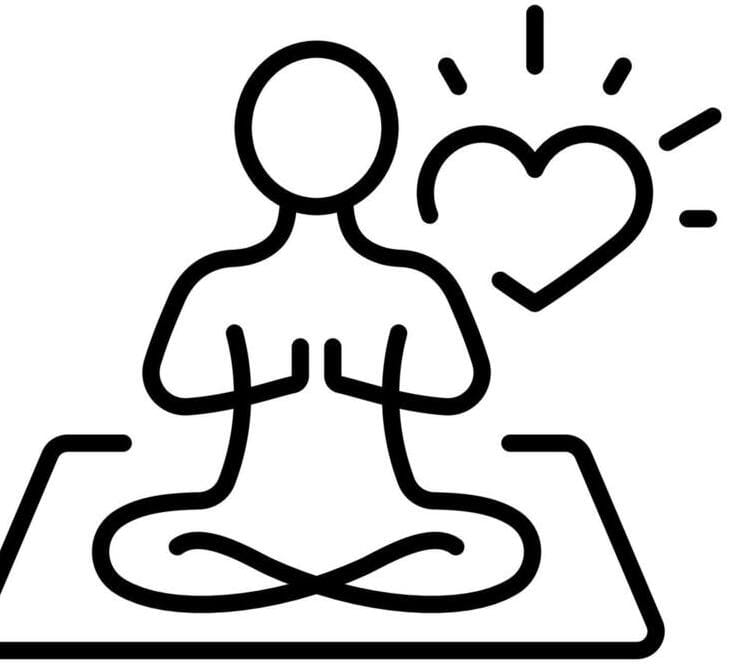
- July 14, 2025
- AHA
- 2 Mins

- July 7, 2025
- Master Choa Kok Sui
- 3 Mins

